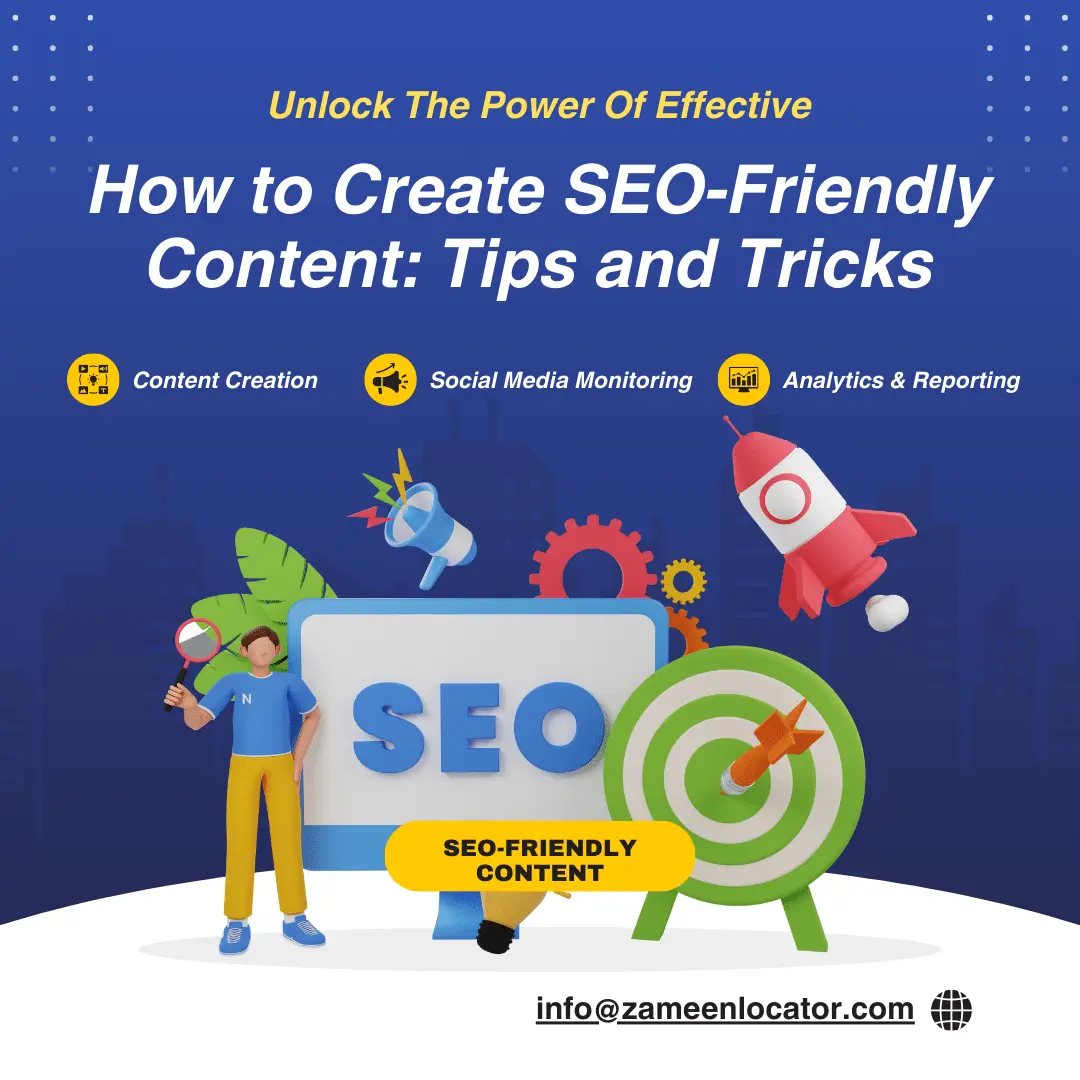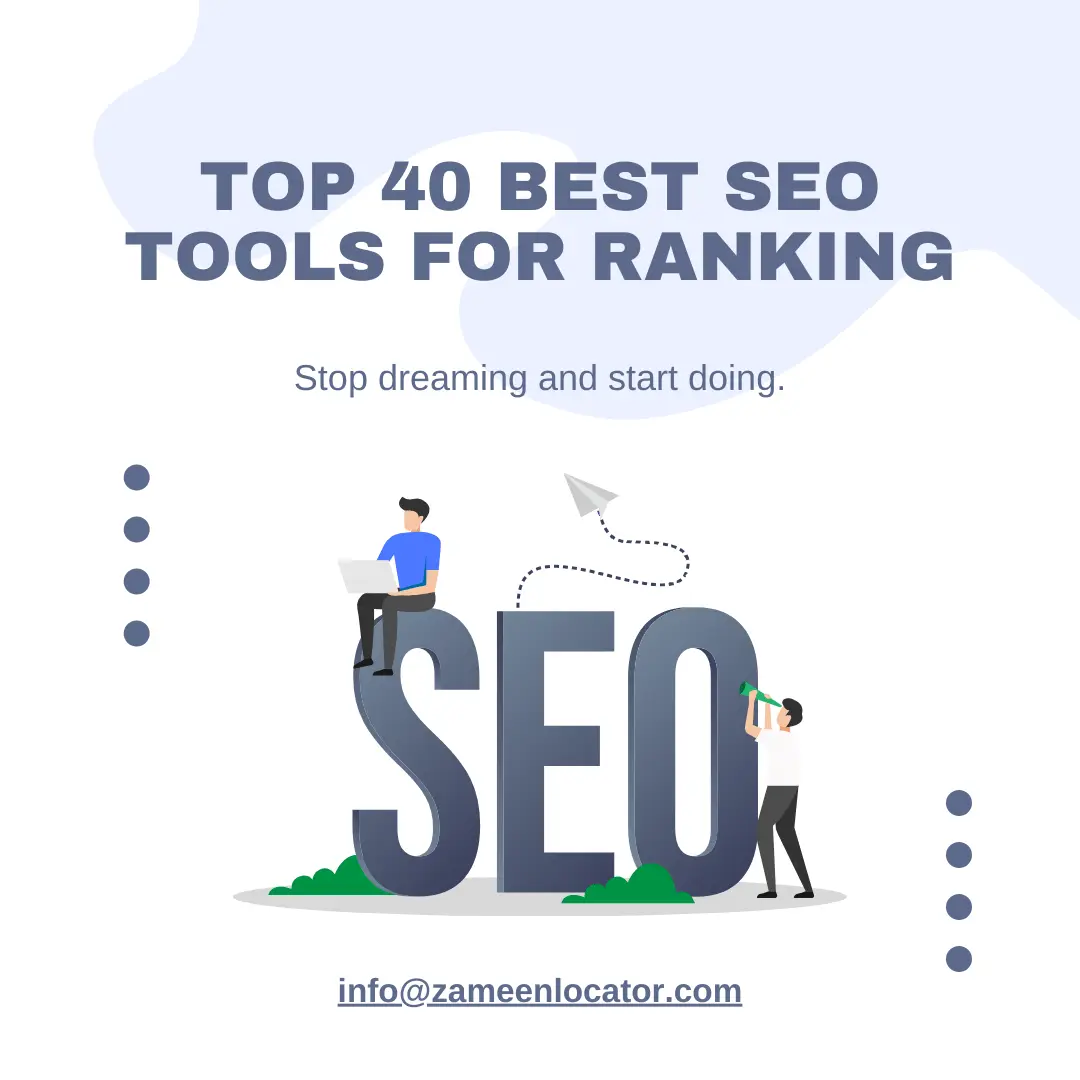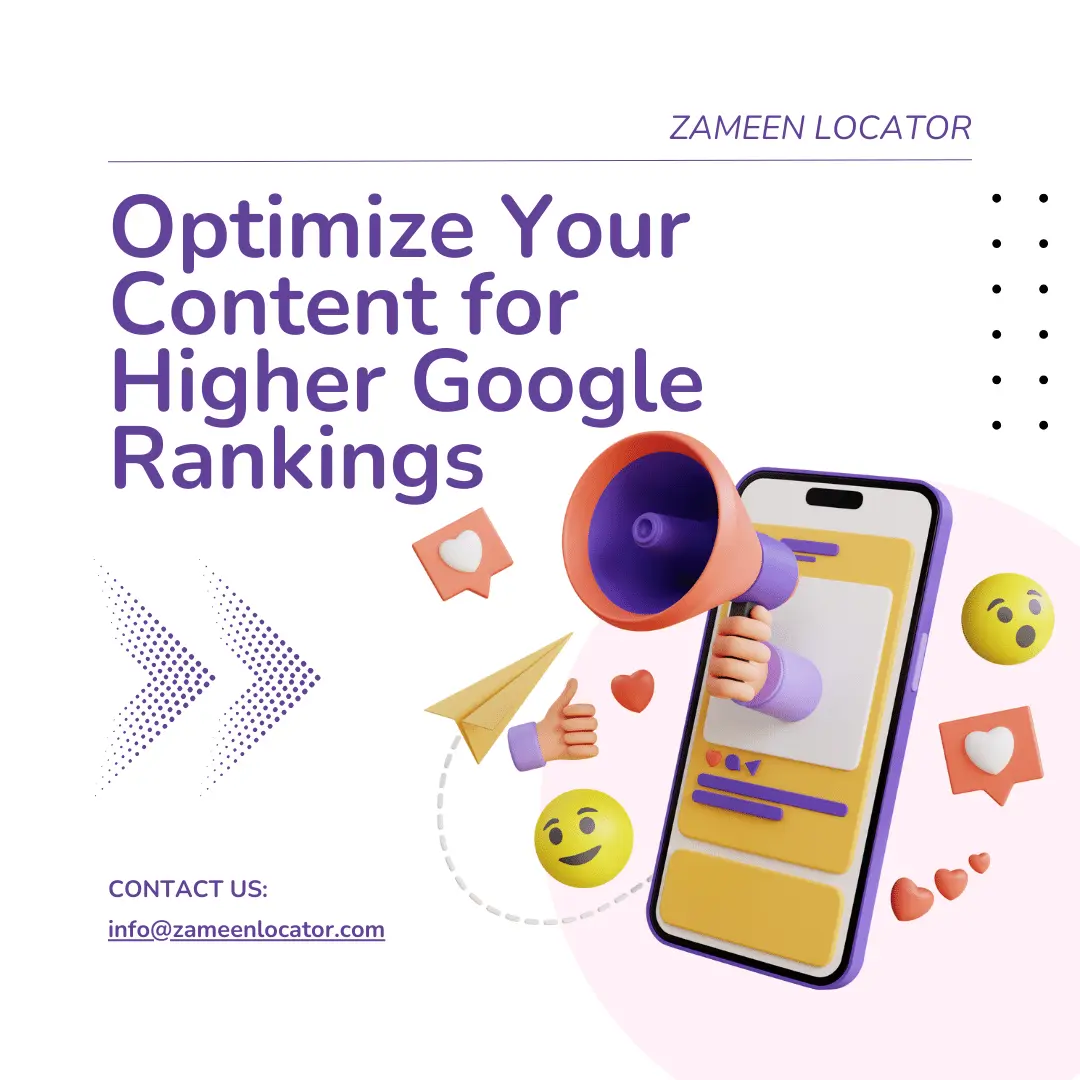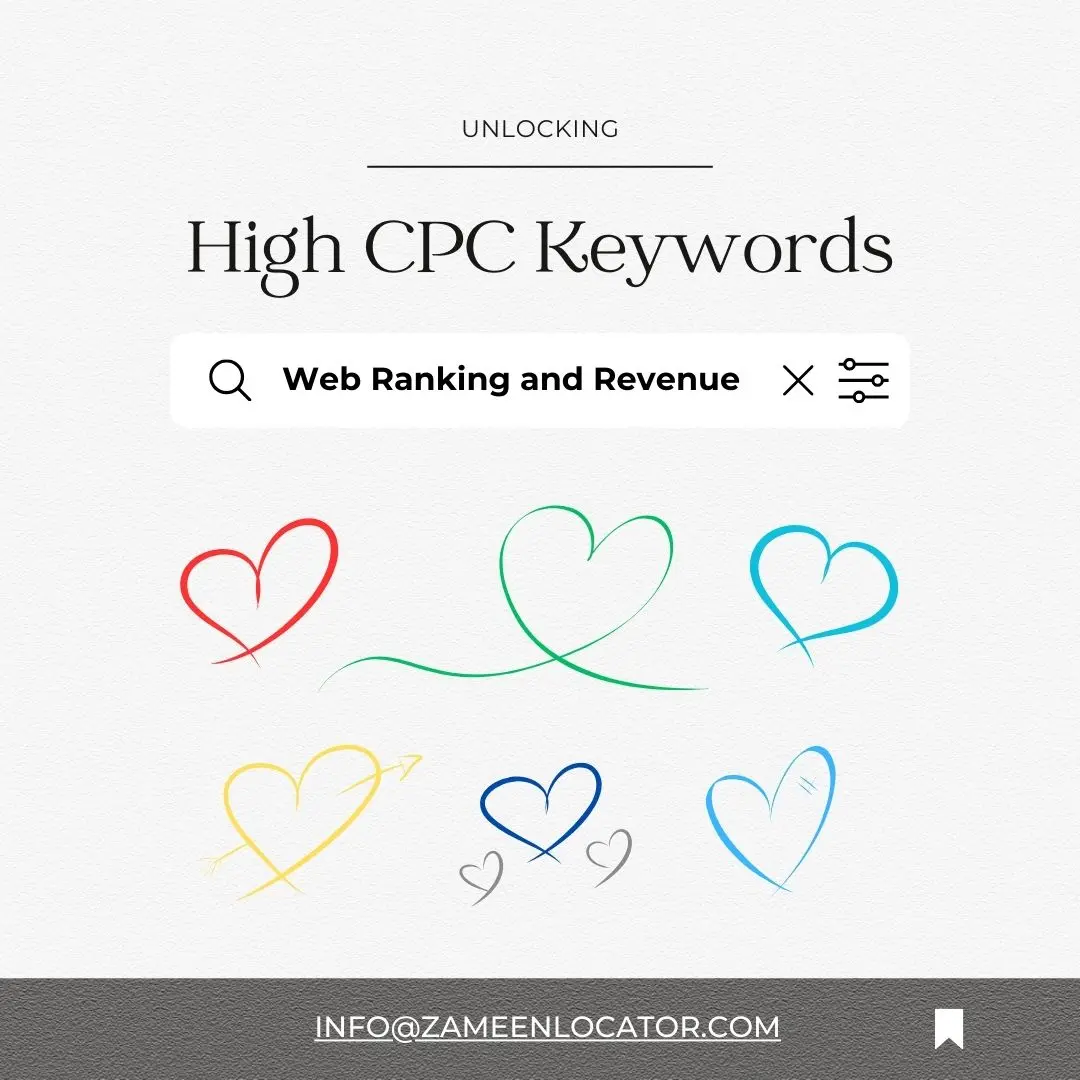
How to Create SEO-Friendly Content: Tips and Tricks
- Creating SEO-friendly content is essential for improving your website's visibility and ranking on search engines. With the right strategies, you can attract organic traffic and engage your audience effectively.
- Here are some tips and tricks to help you create content that is engaging and optimized for search engines.
1. Conduct Thorough Keyword Research
- Before you start identify the keywords that your target audience is searching for. Use tools like Google Keyword Planner, Ahrefs, or SEMrush to find relevant keywords with high search volume and low competition. Incorporate these keywords naturally throughout your content to improve your chances of ranking higher in search results.
2. Create Compelling Titles and Meta Descriptions
- Your title and meta description are the first things users see in search engine results. Make sure your title is catchy and includes your primary keyword. Similarly, write a concise and compelling meta description that accurately summarizes your content and entices users to click through.
3. Optimize Your Content Structure
- Break your content into easy-to-read sections using headings (H1, H2, H3) and bullet points. Allows search engines to understand the structure of your content better. Use your keywords in headings where appropriate to reinforce the topic of your content.
4. Focus on High-Quality Content
- Content quality is paramount for SEO. Ensure your content is informative, well-researched, and provides value to your readers. Avoid keyword stuffing and focus on producing content that answers your audience's questions and solves their problems.
5. Use Internal and External Links
- Incorporate internal links to other relevant pages on your website to keep users engaged and improve the overall SEO of your site. Additionally, use external links to credible sources to enhance the trustworthiness and authority of your content.
6. Optimize Images and Multimedia
- Images and multimedia elements can make your content more engaging and ensure they are optimized for SEO. Use descriptive file names and include alt text with relevant keywords for images. Compress images to reduce load times, which can improve your page's SEO performance.
7. Ensure Mobile-Friendliness
- With the increasing number of mobile users, having a mobile-friendly website is crucial for SEO. Ensure your content is easily accessible and readable on all devices. Google favors mobile-friendly websites in its search rankings, so optimizing for mobile.
8. Utilize Social Media Sharing
- Encourage social sharing of your content to increase its reach and visibility. Add social sharing buttons to your blog posts and engage with your audience on social media platforms. Social signals can indirectly impact your SEO by driving more traffic to your site.
9. Update Content Regularly
- Keep your content fresh and relevant by updating it regularly. Search engines favor websites that consistently provide up-to-date information. Review and refresh your older content to maintain its accuracy and relevance.
10. Monitor and Analyze Performance
- Use tools like Google Analytics and Google Search Console to monitor the performance of your content. Analyze metrics such as page views, bounce rates, and average time on the page to understand what works and what doesn't. Use this data to refine your SEO strategy and improve future content.
Conclusion
- Creating SEO-friendly content requires a blend of creativity and technical know-how, conducting thorough keyword research, optimizing your content structure, focusing on quality, and monitoring performance you can enhance your website's visibility and engage your audience more effectively. Implement these tips and tricks to boost your content's SEO and search engine rankings.
Frequently asked questions (FAQs)
- 1. What is keyword stuffing, and why should it be avoided?
- Keyword stuffing is the practice of overloading a webpage with keywords to manipulate search engine rankings because it leads to poor user experience and can result in search engine penalties, negatively impacting your site's SEO.
- 2. How often should I update my content for SEO?
- It's a good practice to review and update your content every few months to ensure it remains relevant and accurate. Regular updates signal to search engines that your site is active and current, which can improve rankings.
- 3. Why are internal links important for SEO?
- Internal links help search engines understand the structure of your website and the relationship between different pages. They also keep users engaged by guiding them to other relevant content on your site, which can reduce bounce rates.
- 4. What is the role of alt text in image optimization?
- Alt text provides a textual description of an image, which helps search engines understand the content of the image. It also improves accessibility for users who rely on screen readers, making your site more inclusive.
- 5. How does mobile-friendliness affect SEO?
- Mobile-friendliness is a crucial ranking factor for search engines. A mobile-friendly site ensures a better user experience for mobile users and can lead to higher rankings on search engine results pages, as Google prioritizes mobile-friendly websites.





